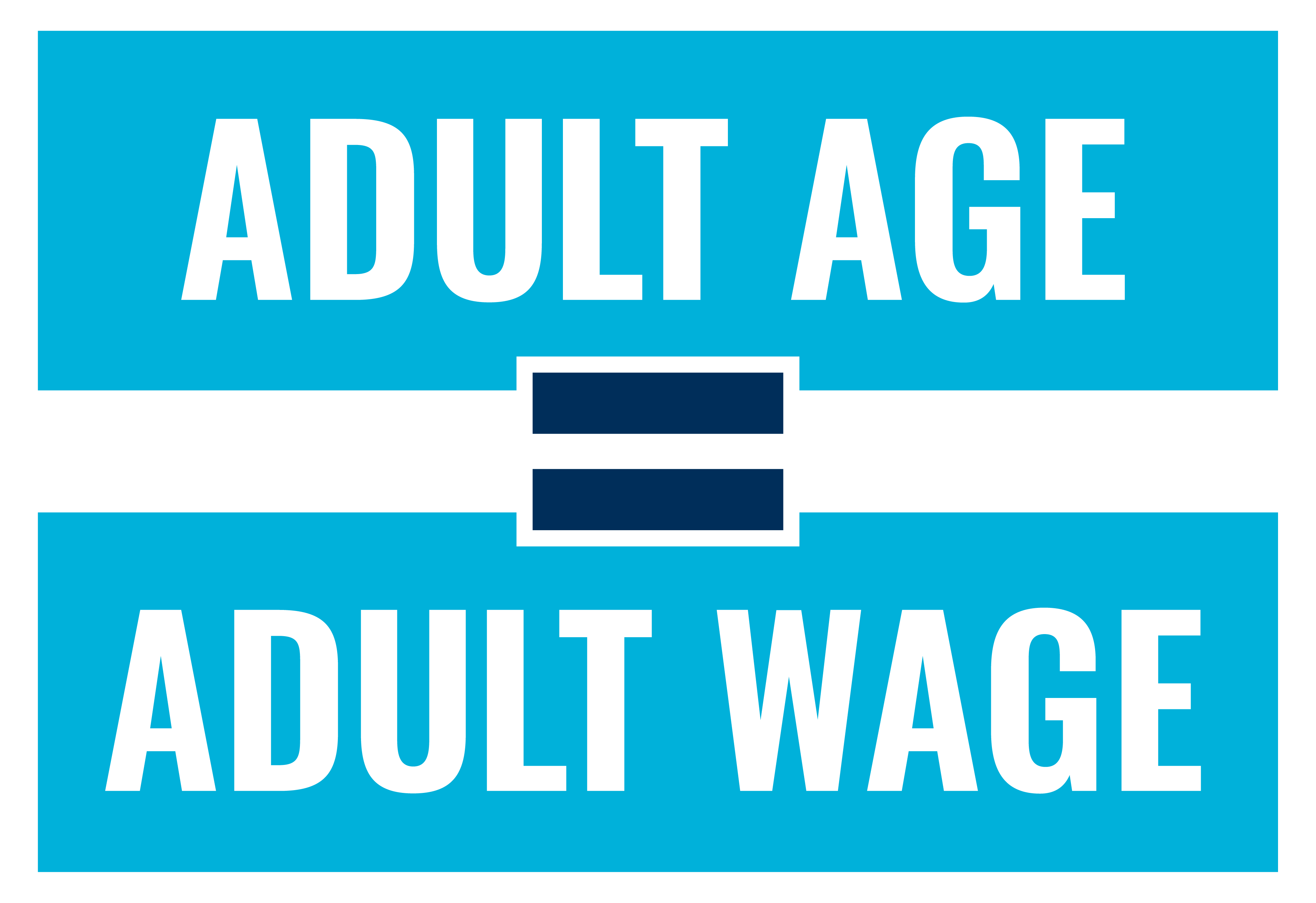
Chemicals & Hazardous Substances
The workplace can be a dangerous place. Many chemicals and hazardous substances are used in workplaces or kept for sale to customers.
Make sure that you protect yourself from these substances - make sure that they are labelled, stored and handled properly.
Hazardous Substances
The more dangerous types of chemicals - known as hazardous substances - are classified into several key groups"
- Very Toxic: Capable of causing death or very serious health problems after relatively small exposures
- Toxic: Capable of causing death or serious health problems after exposure
- Harmful: Capable of causing health problems after larger or long term exposures
- Corrosive: Capable of destroying materials or lung tissue e.g.(skin) on contact
- Irritant: Capable of irritating or inflaming the skin, eyes or respitory system e.g. dermatitis, bronchitis
- Sensitizing: Capable of causing allergic reactions e.g. asthma, skin allergies.
- Carcinogens: Capable of causing cancer
- Mutagenic: Capable of causing damage to genes
- Teratogenic: Capable of causing birth defects
How Can We Be Exposed?
In the workplace, hazardous substances can enter the body in one of three possible ways:
- Inhalation - breathing the substance in
- Skin absorption - contact with the skin
- Direct ingestion - can be accidentally swallowed (by eating or smoking with contaminated hands)
Health effects may be acute, resulting from short-term exposure, or chronic resulting from long-term exposure over a period of time.
Hazardous Substances in the Retail Industry
Sectors of the retail industry which handle hazardous substances include:
- Department and bulk stores
- Petrol stations
- Supermarkets and grocery shops
- Newsagents and stationers
- Pool chemical supply shops
- Photo processing outlets
- Timber merchants
- Paint shops
- Plant nurseries
- Hardware and plumbing merchants
- Electronics shops
- Pharmacies
- Hairdressers and beauty salons
- Fast food outlets
- Distribution centers
Some substances sold or distributed by these service outlets are hazardous. The following products, or some of their ingredients, are hazardous substances
- Photo processing chemicals
- Adhesives and sealants
- Garden and pet supplies
- Cleaning agents and detergents
- Pesticides
- Paints
- Agriculture and veterinary chemicals
- Pool chemicals
- Hairdressing chemicals
More Info
To obtain the Chemicals and Hazardous Substances booklet or for more information on control strategies, emergency procedures, protective clothing, hazardous products as well as your rights and your employers duty of care, contact the SDA


